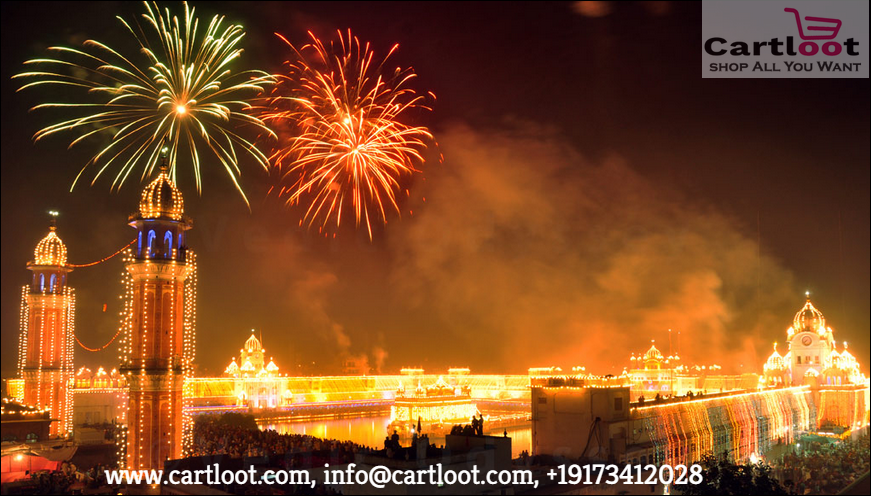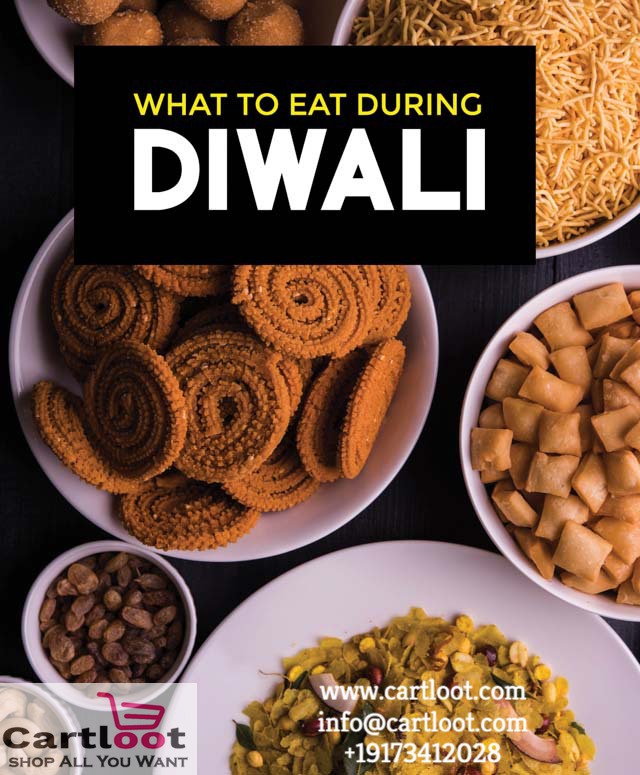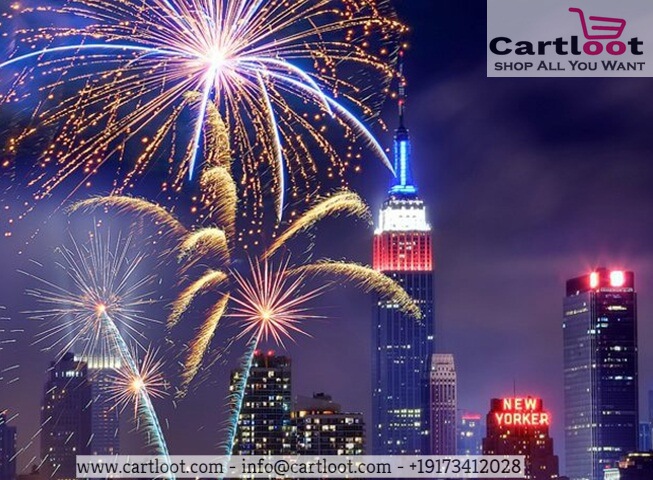How Different Cultures Celebrate Diwali in India

North India
In Northern India the religious significance of Diwali is linked to the return of Lord Rama to Ayodhya with wife Sita. And brother Laxman after 14 years of exile. Since it had been a replacement moon day within the month of Kartik season, it had been dark all around.
To welcome their homecoming the people of Ayodhya lighted the whole kingdom with diyas and fireworks. They celebrated the occasion with great fun, bursting of crackers and eating Diwali Indian Food Online. Lord Rama’s return to Ayodhya was also related to the importance of the victory of excellent over evil. This tradition goes on even today in Uttar Pradesh, Himachal Pradesh, Haryana, Punjab, Bihar, and neighbouring areas.
How is it celebrated?
In North India the enjoyment of Diwali starts with Dussehra where Ramlila a story of the Ramayan is depicted. It goes on for several nights ending with the defeat of Ravana (Evil) by Ram (Good).
In Himachal Pradesh, Punjab and Delhi people also are occupied in gambling on Diwali night. In Punjab, the Sikhs don't celebrate Diwali. But they're a part of the celebrations and lightweight their houses with candles and diyas. The gurdwaras also are decorated on Diwali night.
In UP, Delhi and other nearby cities, houses are decorated with candles, lights, diyas, bandhanwars, and rangolis. Laxmi puja is performed in the dark. In some houses there is a practice of placing a silver coin in a tumbler of milk. It is then sprinkled altogether the rooms.
Re decoration, shopping, exchanging of gifts and sweets are part and parcel of the celebrations.
Eastern India
The necessary rituals remain same in Eastern India, which incorporates the lighting of lamps, candles, diyas, alongside bursting of crackers. Some people keep the doors of their houses open in order that Goddess Lakshmi can enter. Houses are brightly lit due to the assumption that Goddess Lakshmi doesn't enter a dark house.
West Bengal and Assam
In West Bengal, Laxmi Puja with Diwali Prayer Kit is widely known six days after Durga Puja. Diwali is widely known as Kali Puja. Late-night worshipping of Goddess Kali is completed on Diwali night. There are Kali Puja pandals in various areas.
Other rituals remain an equivalent. Drawing of rangoli is additionally a neighborhood of the celebration. Diwali night is additionally believed to be the night of the ancestors or Pitripurush. And diyas are lit on long poles to guide their souls on the thanks to heaven.
This ritual is followed even today in rural Bengal.
Odisha
Like West Bengal, in Odhisa also Diwali festival is marked with paying tributes to ancestors.
Western India
Gujarat
Western India is usually related to business and trade. Some days before Diwali, the markets of Western India are crowded with Diwali shoppers. In Gujarat, on the night before Diwali, Gujaratis create colorful rangolis ahead of their houses. Rangoli is an integral a part of Diwali altogether states in Western India.
Footprints also are drawn to welcome Goddess Laxmi.
On Diwali, homes are brightly lit. For Gujaratis, Diwali is New Year. On today, any new venture, buying of properties, the opening of offices, shops, and special occasions like marriages are considered auspicious. In some houses in Gujarat, a diya lit with ghee is left burning the entire night.
Subsequent morning, the flame collected from this diya is employed to form kajal, which is applied by women on their eyes. This is often considered to be a really auspicious custom and is believed to bring prosperity to for the entire year. Like North India, Diwali is widely known for five days in Western India too.
Maharashtra
In Maharashtra, Diwali is widely known for four days. Vasubaras is that the first day and is widely known by performing an Aarti of the cows and calves. It shows the love between a mother and her baby. Subsequent day is Dhanteras or Dhana trayodashi, which is widely known within the same way as in other regions.
Third day i.e. Narak chaturdashi, people enjoy scented oil bath early morning and visit a temple. The Maharashtrians celebration on Diwali. It consists of delicious Indian sweets for Diwali like karanji and ladoo and spicy eatables like chakli and sev.
This feast is understood as Faral. The fourth day, which is that the main Diwali day, Lakshmi Puja is performed. At every house, Goddess Lakshmi and items of wealth like money and jewelry are worshipped.
Southern India
Diwali is widely known within the Tamil month of aipasi (which is thula month), also ‘naraka chaturdasi’ thithi. Today precedes the amavasai day. In south India, Naraka Chaturdashi is that the main day of the Diwali celebrations. At some point before the most day, the oven is cleaned, then it's smeared with lime.
Religious symbols are drawn on the oven. It is crammed with water, and this is often used on the most day for the oil bath. People wash their homes and decorate them with kolam designs, which are almost like rangolis in North India.
Bursting of firecrackers and wearing new apparels are a part of the celebrations. Crackers and new clothes are decirated on a plate to be used on Diwali.
On Naraka Chaturdashi, the celebrations begin with an oil bathe before sunrise. After that sweets are eaten, and new clothes are worn and different snacks are made from Indian Spices for Diwali. Another ritual followed in South India observed on Diwali is Thalai Deepavali. On today, newlyweds spend their first Diwali within the bride’s parental home.
Andhra Pradesh
Musical narration of the history of Lord Hari is performed in many areas. It’s believed that Lord Krishna’s consort Satyabhama had killed demon Narak asura. Prayed to special clay idols of Satyabhama. Remainder of the celebrations is analogous to those observed in other southern states.
Karnataka
On the primary day, which is that the day of Ashwija Krishna Chaturdashi, people take an oil bath. There’s a belief that Lord Krishna took an oil bath to remove the bloodstains from his body after killing Narak asura.
Bali Padyami is the third day of Diwali when women sketch colourful rangolis in their houses and build forts from trash. There are stories related to King Bali that are celebrated on today. In Karnataka these are main days of Diwali.



